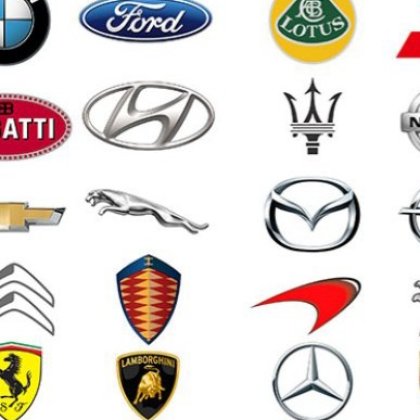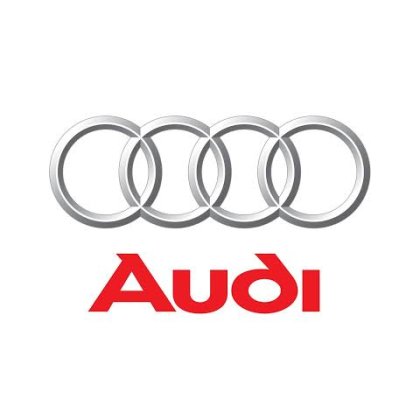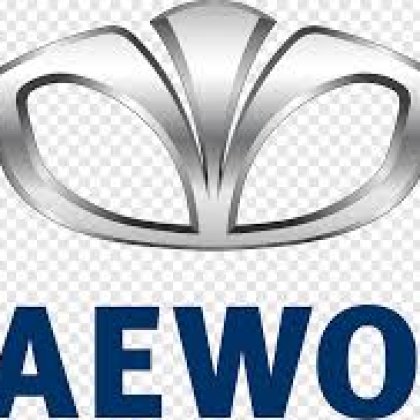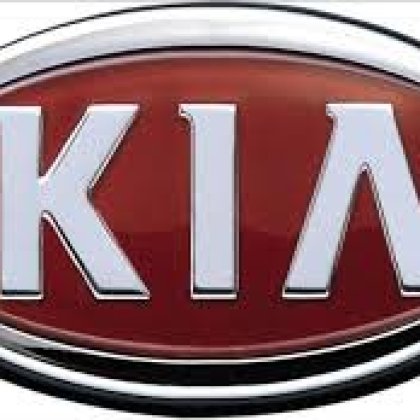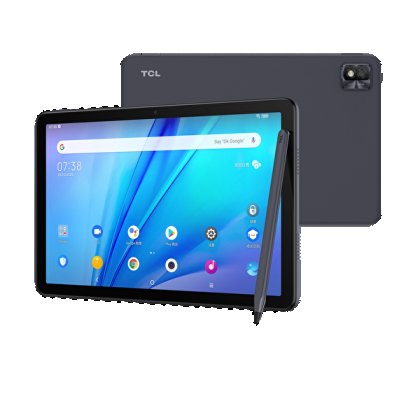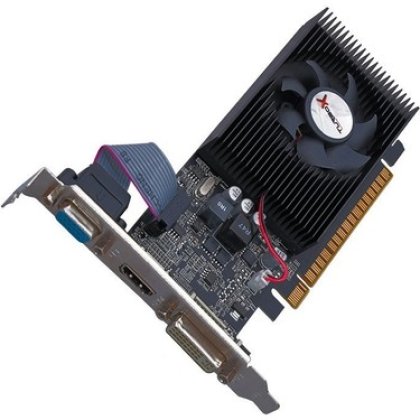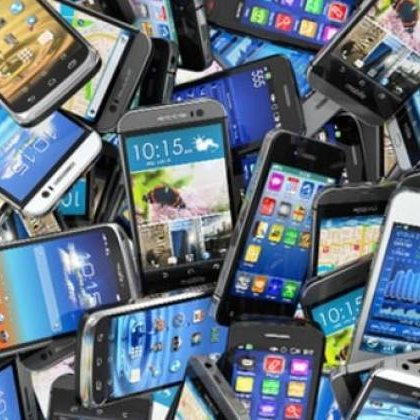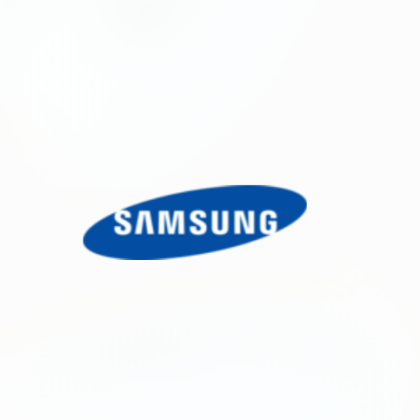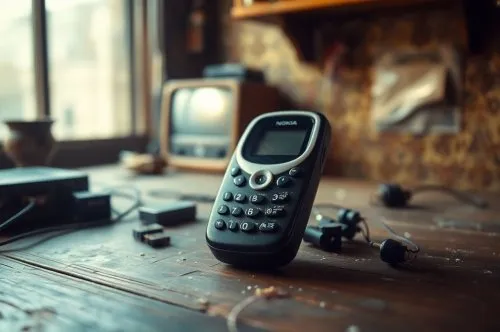Why did the Nokia Brand disappear from the market?
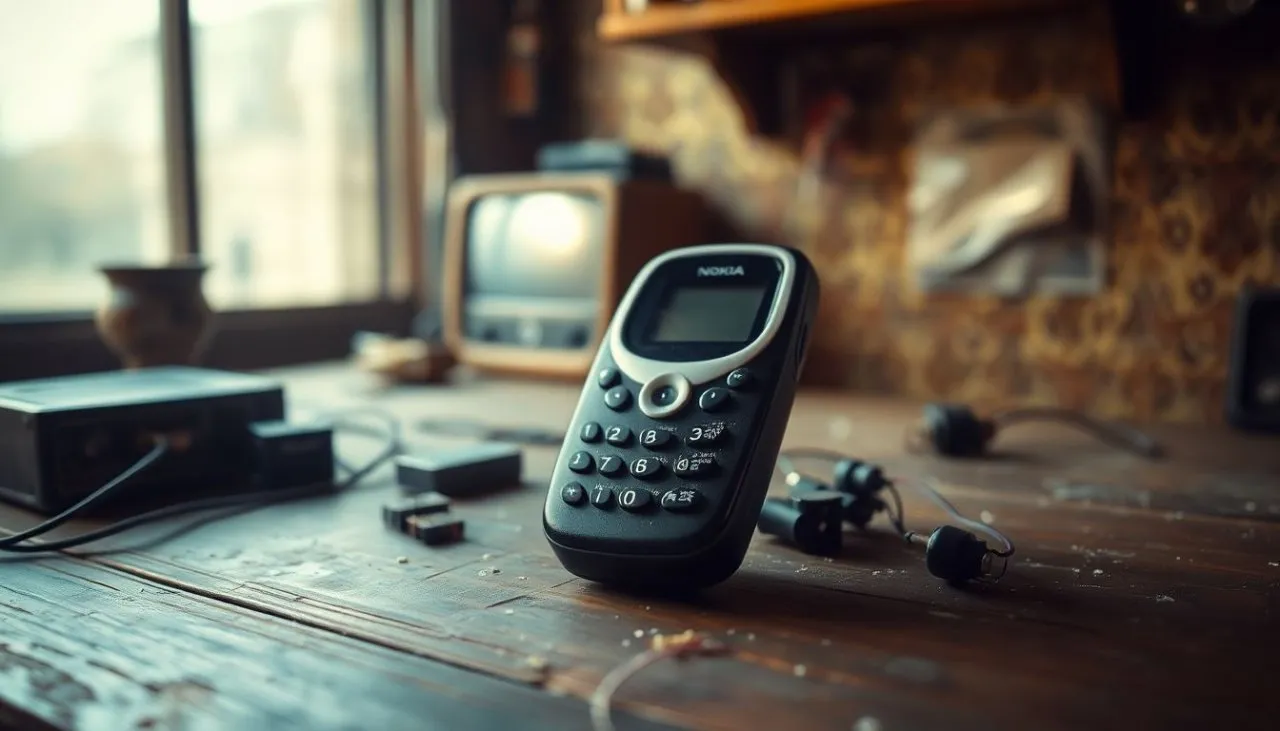
Nokia's Decline: Why Did the Finnish Giant Fall From Grace?
The story of Nokia is one of incredible highs and painful lows. Once a leader in mobile technology, the brand suffered a dramatic fall. Understanding why Nokia disappeared from the smartphone spotlight reveals crucial insights about technology, competition, and the need for constant innovation.
Nokia's Reign: A Look Back at its Dominance
In the late 1990s and early 2000s, Nokia was the king of mobile phones. The company offered reliable devices that captured consumer hearts. Nokia's phones were everywhere, known for their durable designs and long battery life. The Nokia 3310 became a cultural icon.
Key Highlights of Nokia's Golden Era:
- Market share: By 2000, Nokia controlled nearly 40% of the global market.
- Innovative designs: Sleek models and varied colors appealed to diverse customers.
- Strong brand loyalty: Customers loved the Nokia experience and often returned for upgrades.
The First Cracks: Early Signs of Trouble
Despite its success, signs of trouble began appearing early. Nokia faced challenges in adjusting to the rapidly changing tech environment. The emergence of smartphones marked the shift in consumer needs.
Critical Indicators of a Shift:
- Nokia underestimated the rise of touch screens.
- Lack of investment in software development left them vulnerable.
- Internal issues began to surface, with slow decision-making processes.
Setting the Stage: Understanding the Context of Nokia's Decline
The late 2000s brought about significant change. Companies like Apple and Google started to dominate the mobile landscape. They introduced new operating systems and innovative devices that shifted consumer focus away from Nokia.
Factors Influencing Decline:
- Rapid technological advancements.
- Introduction of the app economy led to a demand for versatile devices.
- Market competition grew fiercer than ever.
The Rise of Smartphones and Nokia's Missed Opportunity
With the launch of the iPhone in 2007, the smartphone era began. This marked a turning point for Nokia, which missed critical opportunities to adapt.
The iPhone's Impact: A Paradigm Shift in the Mobile Industry
The iPhone set a new standard with its sleek design and intuitive interface. It changed how people used phones, emphasizing multimedia and applications.
Symbian's Limitations: A Failing Operating System
Nokia's Symbian OS struggled against iOS and Android. It was clunky and hard to use compared to competitors. Users demanded better software experiences, and Nokia couldn't deliver.
Nokia's Delayed Response: A Critical Strategic Error
Nokia spent too long resisting change. Many believed that their traditional models could continue selling. However, consumers wanted more than phones; they wanted smart devices.
Microsoft's Acquisition and Subsequent Challenges
In 2014, Microsoft acquired Nokia’s mobile division, hoping to breathe new life into the brand.
The Failed Partnership: Why the Microsoft Alliance Failed
This partnership ultimately did not work. The integration of Windows Phone faced many challenges. Consumers were not excited about switching to a new OS with fewer apps and features.
Windows Phone's Market Share: A Case Study in Failure
Windows Phone never gained significant market share. Launching it was too little, too late. In 2015, its share was only about 2%.
The Aftermath: Nokia's Struggle for Relevance
Following the acquisition, Nokia struggled to regain traction. The brand once known for innovation became a shell of its former self.
The Changing Mobile Landscape: Intense Competition and Innovation
As the landscape evolved, companies like Samsung and Apple led the charge. They continued pushing boundaries while Nokia faltered.
Android's Dominance: The Open-Source Advantage
Android's open-source platform allowed it to flourish. Many manufacturers adopted it, leading to a diverse selection of devices. This variety proved attractive to users.
The Innovation Gap: Nokia's Struggle to Keep Up
Nokia failed to innovate at the same pace. While competitors introduced advanced features, Nokia stuck to outdated technology, losing customers in the process.
The Importance of Software: A Critical Element Nokia Missed
Software development plays a crucial role in smartphones today. Nokia’s lack of focus on software and applications alienated it from tech-savvy users.
Nokia's Current Situation: A Brand Reimagined
Today, Nokia is no longer the giant it once was. The brand has shifted its focus but still faces challenges.
The Nokia Brand Today: A Focus on Feature Phones and a Limited Smartphone Presence
Nokia now targets the budget and feature phone market. They offer simple devices suited for basic communication. The strategy is safe, but it limits growth opportunities.
Nokia's Comeback Strategy: A Focus on Nostalgia and Affordability
By leveraging nostalgia, Nokia brings back classic models that appeal to past fans. Affordable pricing attracts new users who want reliability.
Potential for Future Growth: Challenges and Opportunities
While Nokia has room for growth, many obstacles remain. Competing against established smartphone brands won't be easy.
Conclusion: Lessons Learned From Nokia's Fall and Future Prospects
Nokia's journey teaches important lessons in adaptability and innovation.
Key Takeaways: Understanding Nokia's Decline
- Failure to adapt: Sticking to old practices can lead to decline.
- Innovation matters: Continuous improvement is key to staying relevant.
The Importance of Adaptability and Innovation in the Tech World
Tech companies must embrace change. Staying ahead means anticipating trends and investing in new technologies.
The Enduring Legacy of Nokia: Its Impact on Mobile Technology
While Nokia is not the powerhouse it used to be, its impact on mobile technology remains. The brand's story serves as a reminder of how quickly fortunes can change in the tech world.
 English
English
 Türkçe
Türkçe
